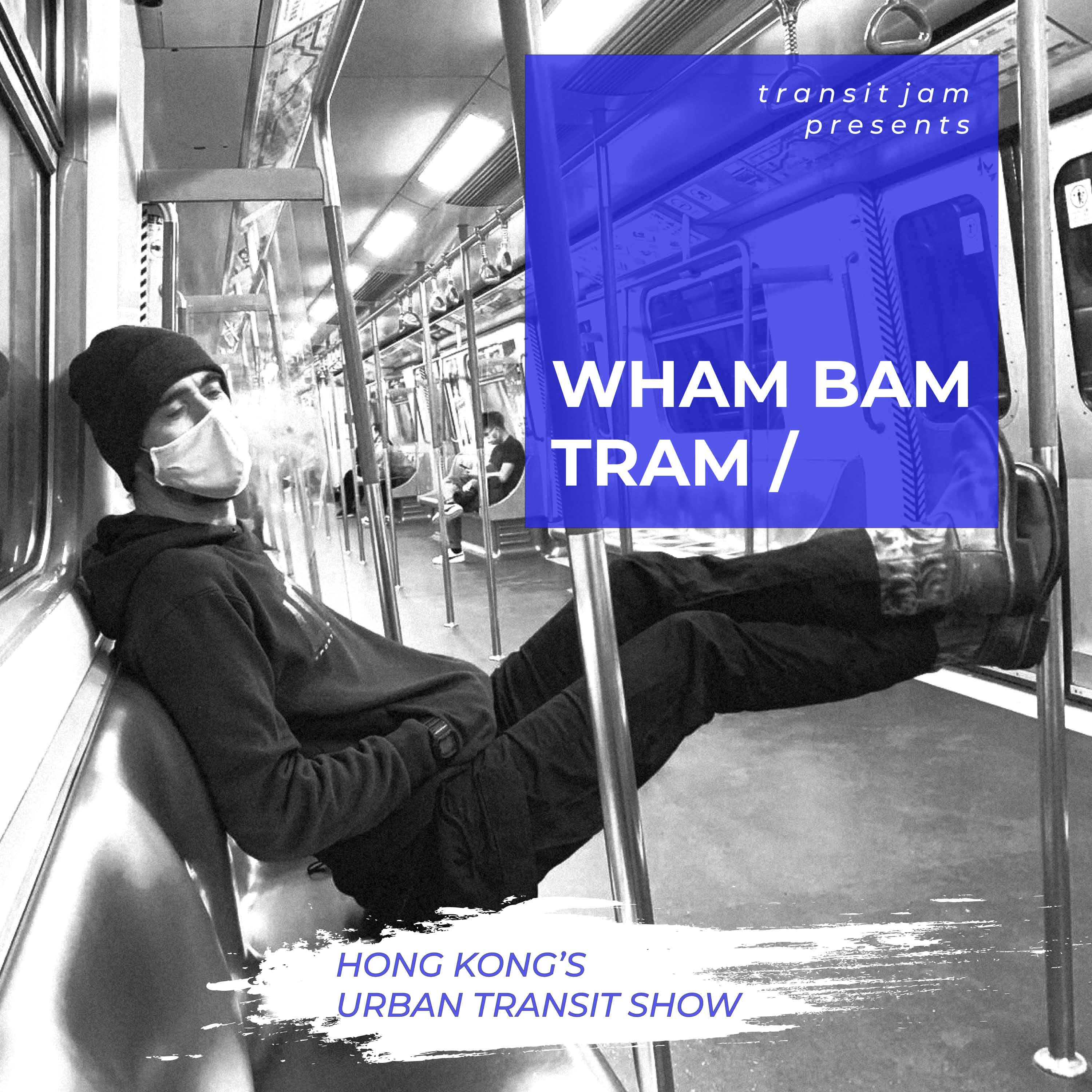
Claudio Mo says the government’s not hearing opposition to proposed noise abatement plans for Castle Peak Road
Lawmakers accused the government of favouring the rich in its proposals for the widening of Castle Peak Road, with noise barriers, they said in LegCo today, designed only to protect luxury apartment blocks – whose occupants do not even want the eyesores – while leaving poorer areas unprotected.
Wong Kwok-kin (FTU, New Territories West) said the government is “favouring the rich at the expense of the poor”, with very different designs in place for public housing estates against the more elaborate plans for the upmarket Gold Coast apartments.
The government knocked back the criticisms, claiming the noise barriers were in line with standard designs: for the Transport Department, Chow Bing-kay said buildings that were taller and nearer the road – such as the Gold Coast apartment blocks – needed bigger noise barriers.
But Claudia Mo (Civic Party, Kowloon West) said while the government was hellbent on providing the state-of-the-art cantilever noise protection at Gold Coast, the residents themselves didn’t even want them. “More than 82% objected to the barriers,” she said. “They will be ugly, there will be some ventilation problems. They said they would like you to plant some trees there instead – but Highways is saying they won’t change the designs.”
Luk Wai-hung, for the Highways Department (HyD), blamed residents for submitting objections too late, and said the government would work harder to communicate. Trees wouldn’t do a good job of noise reduction, he added.
Tuen Mun District Councillor Michael Mo earlier wrote to the Transport Panel expressing disappointment that the views of people living in the area had not affected the government’s final plans. “Residents of [Gold Coast] voted against the construction of such a barrier back in 2014. [] Drawing HMW-6853TH-SK0025 clearly shows the barrier is being constructed. I am surprised that the Department may possibly overlooked such vital opinion,” he wrote in an email on 10 March.
The HK$755m Castle Peak Road Widening project will expand 1.9 km of the congested Castle Peak Road from a single two-lane carriageway to a dual two-lane carriageway. According to TD, the volume/capacity ratio of the road in 2024 would be 1.08 – i.e. unmanageable – without the work and just 0.54 with the widening complete. It aims to start the project this year for completion in 2024.
Meanwhile, at the meeting today, Michael Tien Puk-sun (Roundtable, New Territories West) claimed the road widening project didn’t go far enough. He proposed adding a bypass over the Tsing Yi Road to ensure smoother traffic flow. “If the widening is complete and we continue to have tailbacks up the hill, it doesn’t work,” he said. “So we need to build a bypass so as to resolve a number of traffic problems.”
HyD’s Luk flat rejected the idea. A bypass, either at-grade or elevated, was not feasible, he said, due to geological constraints.
Footbridge will hamper mobility

A planned noise enclosure will force the footbridge higher, yet there will only be one set of lifts: a problem for mobility, says one lawmaker.
Ending an hour of grilling for the transport officials, Dr Lo Wai-kwok (Business and Professionals Alliance, Engineering) were concerned about a pedestrian footbridge that will be raised to accommodate a noise barrier underneath, but which may create difficulties for those with mobility issues. “We need two sets of lifts,” said Lo, “because this is such an important crossing facility, from a practical point of view, you need to have two lifts in case one is under maintenance.”
By HyD’s Luk said there would only be one lift. “Even so, there is another pedestrian crossing within a few hundred metres, so even if the lift is under maintenance, just 100 metres away there is another crossing for the disabled.”
That crossing is, in fact, almost 200 metres away from the footbridge, four times the UK’s recommended “distance without a rest stop” for people with reduced mobility walking with a stick, and adding 40% to an average 1km walking journey.
Categories: Policy






